
Of cattle care & human flourishing
Long-time veterinarian honored for service to cattle industry
By: Abbie Burnett
Originally ran in the Angus Journal
It’s second nature for veterinarian Bob Smith to reach for a 3X5 notecard. He’s used probably tens of thousands in his four decades of service to the beef industry, recording advice, ear tag numbers, and the names of people he has met.
Sure, there are other numbers: three academic degrees, 45 research studies, membership in 16 organizations and more than 200 publications and textbooks published. And, 25 years of service on the NCBA Beef Quality Assurance Advisory Council, where he helped set up protocols and trainings for cattle care and injection site measures.
He’s spent up to 240 nights a year on the road, gave 750 presentations at veterinary conferences or producer meetings, and conducted countless BQA trainings.
But it all comes back to the people.
The 2021 Industry Achievement Award recipient could go by numbers, but he sees success born in the progress of cattle and people… one notecard at a time.
A Walking Encyclopedia
The hands of a veterinarian hold the life cycle of an animal in their care. But the mind directs the hands.
“There was one time he told me I needed to look at the 1993, page 4, 2nd edition of the Bovine Practitioner for a problem I had,” says Miles Theurer, the research director for Veterinary Research and Consulting Services (VRCS) and Hy-Plains Feedyard near Montezuma, Kansas. “I was like, ‘yeah, okay.’ But I actually pulled it up and he nailed it spot on.”
What Theurer – and anyone who’s worked with Smith has come to understand – the vet knows his stuff.
His early years were much like the life of famed English vet James Herriot. Knowledge was mostly learned in the field. He was working before products like Draxxin® and Micotil®, synchronization drugs or embryo transfer existed.
He grew up in Pittsburg, Kansas – five miles from Missouri and 20 miles from Oklahoma. His dad worked off the farm, but the Smith family ran a few beef cows, milked a few dairy cows and had some horses.
“Although my dad had many interests, mine kept focusing on agriculture,” Smith says. “I was particularly intrigued by our local veterinarians who came out to care for the cattle.”
Between his home and alma matter Kansas State University were feedyards, which piqued his interest.
He spent nearly 25 years in post-education positions and nearly the equivalent in the private sector. Currently, he’s a vet with VRCS, which serves around 60 feedyards.
He’s accumulated so much knowledge over his nearly four decade career, but he imparts as much as possible.
“One of my favorite things that I’ve done in my practice and university life is to speak at various meetings around the world and country – everything from a little room in a sale barn to some large auditorium,” Smith says. “Answering things like how we can do better, asking people their problems and how to solve them. Each of those is enjoyable.”
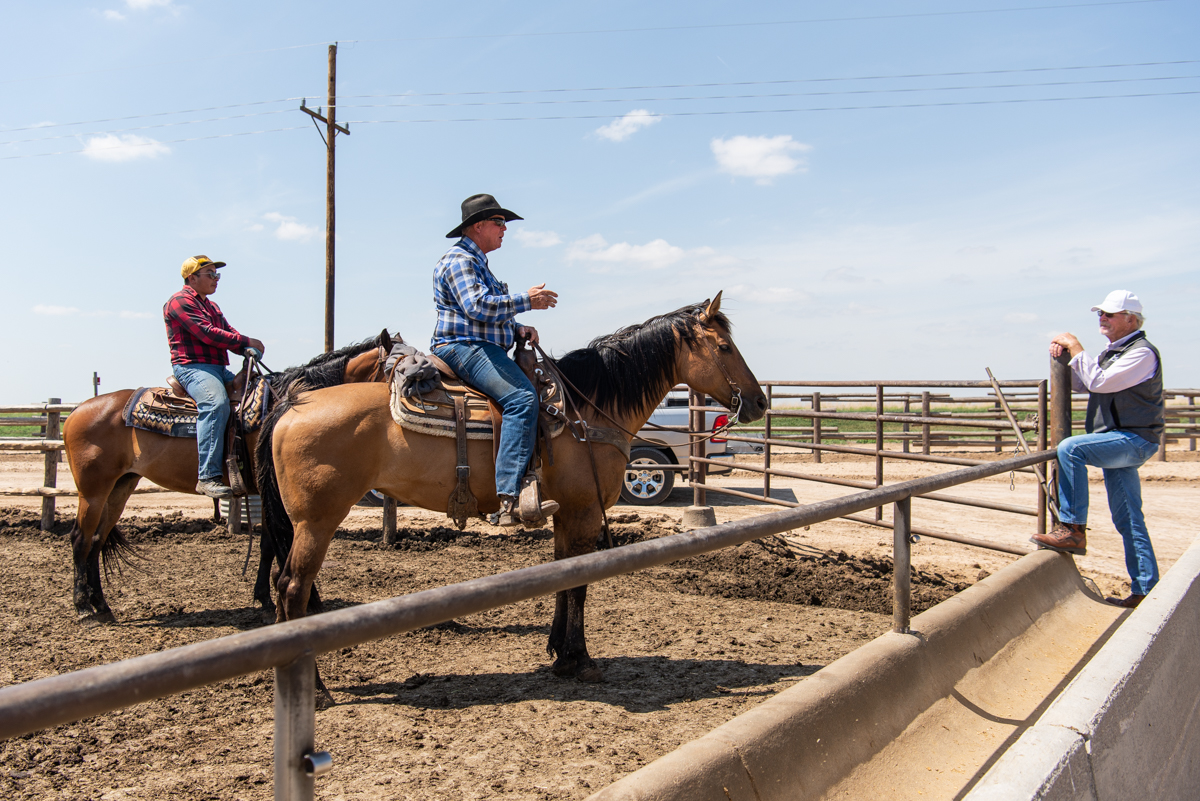
But it’s the personal, one-on-one encounters he cherishes.
He likes to push cattle while observing at the same time. On that 3X5 notecard, he’ll count the number of prod touches, cattle that slipped or dropped to their knees, or ones that bawled with no interaction.
He’ll see that yard personnel follow protocols correctly, and when driving the yard, he watches pen riders, handing them his little cards with detailed notes.
“Cattle are animals of prey,” Smith says. “You have to make them comfortable and keep checking so that they’ll relax. You can see their true form if they’re sick and not hiding it. I tell the pen rider to pull the slightly sick one first because it’s easy to go back and find the real sick one.”
Tom Jones, manager of Hy-Plains Feedyard, friend and client to Smith for more than 30 years, says Smith lives and dies by education, stockmanship and protocols.
“Doc Bob likes to use stockmanship as his number one antibacterial,” Jones says. “But his priority when he visits our yard is education. He spends more time with our doctors and cowboy crews than he does in the office with me.”
Smith’s personal pursuit of knowledge never ends. He is senior editor of a few publications, which he says forces him to learn things he normally wouldn’t pay much attention to.
“It’s so you don’t get in your own little corner and think you know everything. You get out and mix it up with other people and obtain new information to guide you in your professional career.”
Smith’s work ethic is legendary, Jones says. To his knowledge, few people have necropsied more cattle or have as much experience as Smith. “He loves to find out what went wrong,” he says.
“I think partly why the businesses that I’ve been around have done okay is because of the guidance of Doc Bob,” Jones adds.
Smith has guided the Hy-Plains team the last 25 years. His insights helped inspire the creation of the Hy-Plains Education and Research Center.
Every year Smith helps host an antimicrobial resistance meeting at the Center. Attendees represent nearly a third of the U.S. fed cattle production.
He thrives on tackling big challenges like respiratory diseases or growth performance.
“It’s where the producer gets the most return,” Smith says.
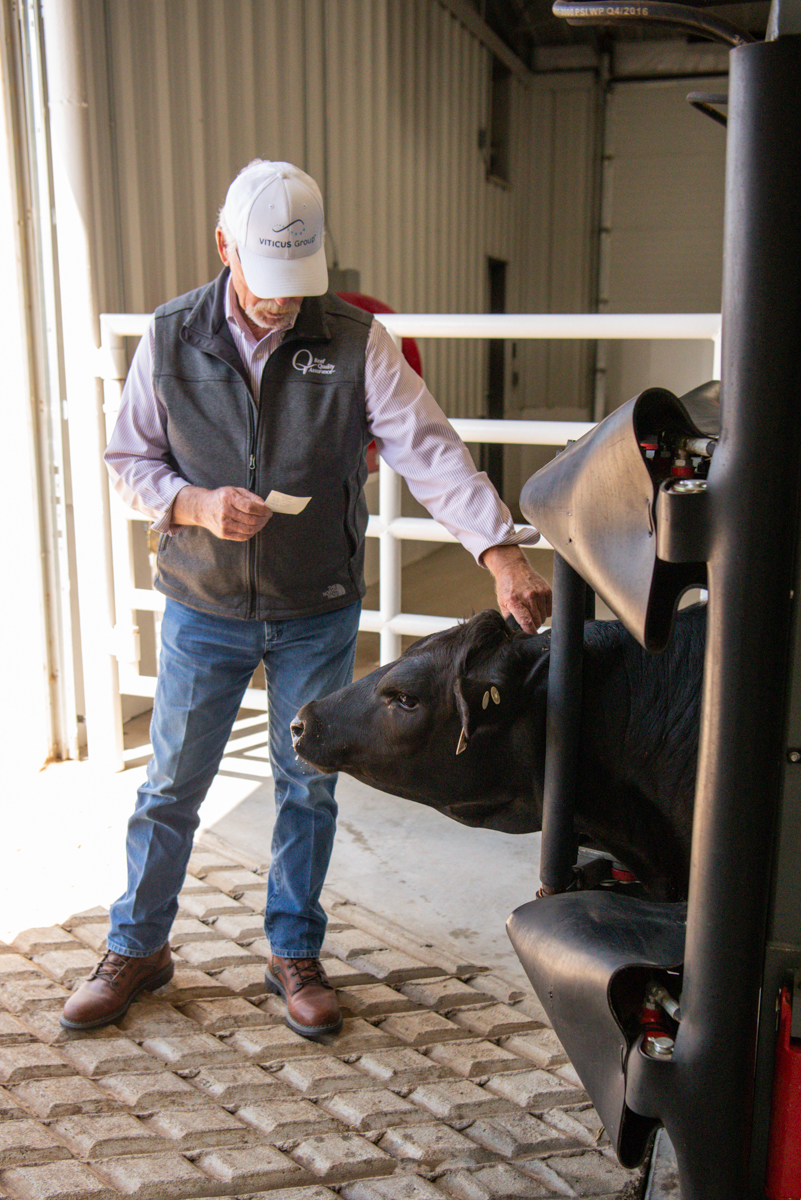
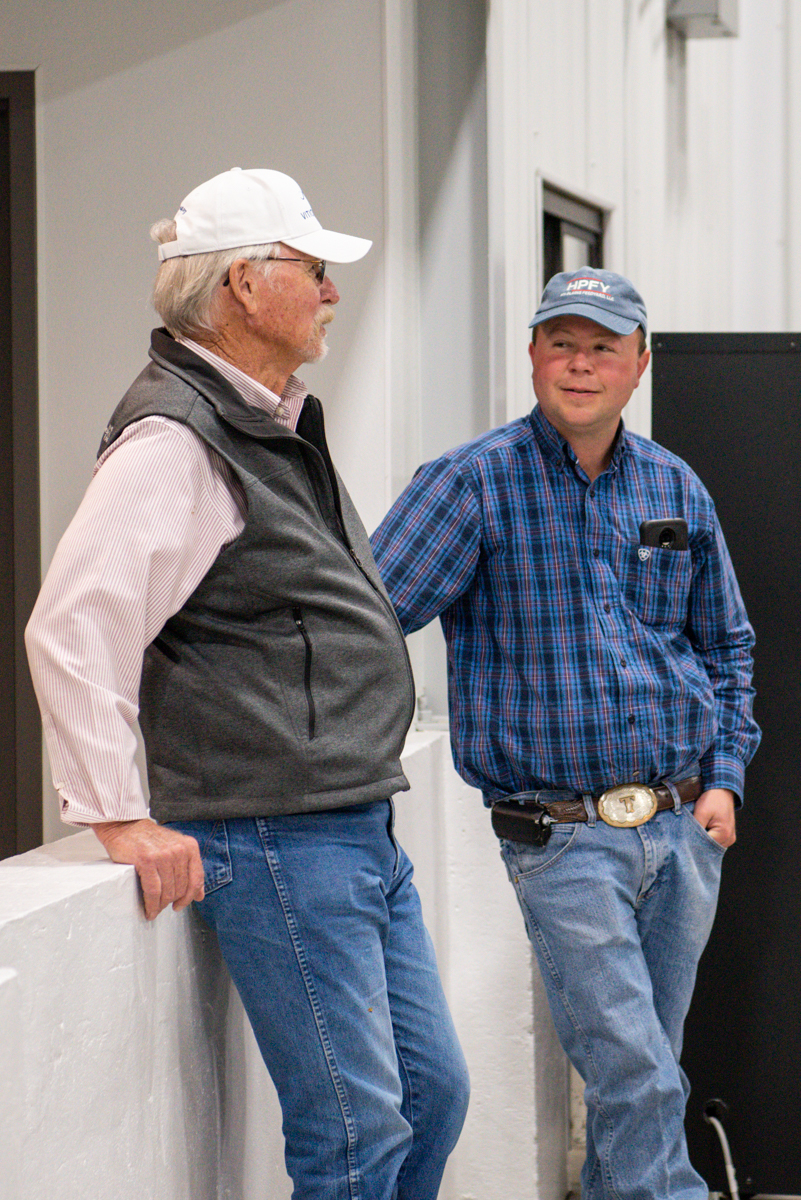
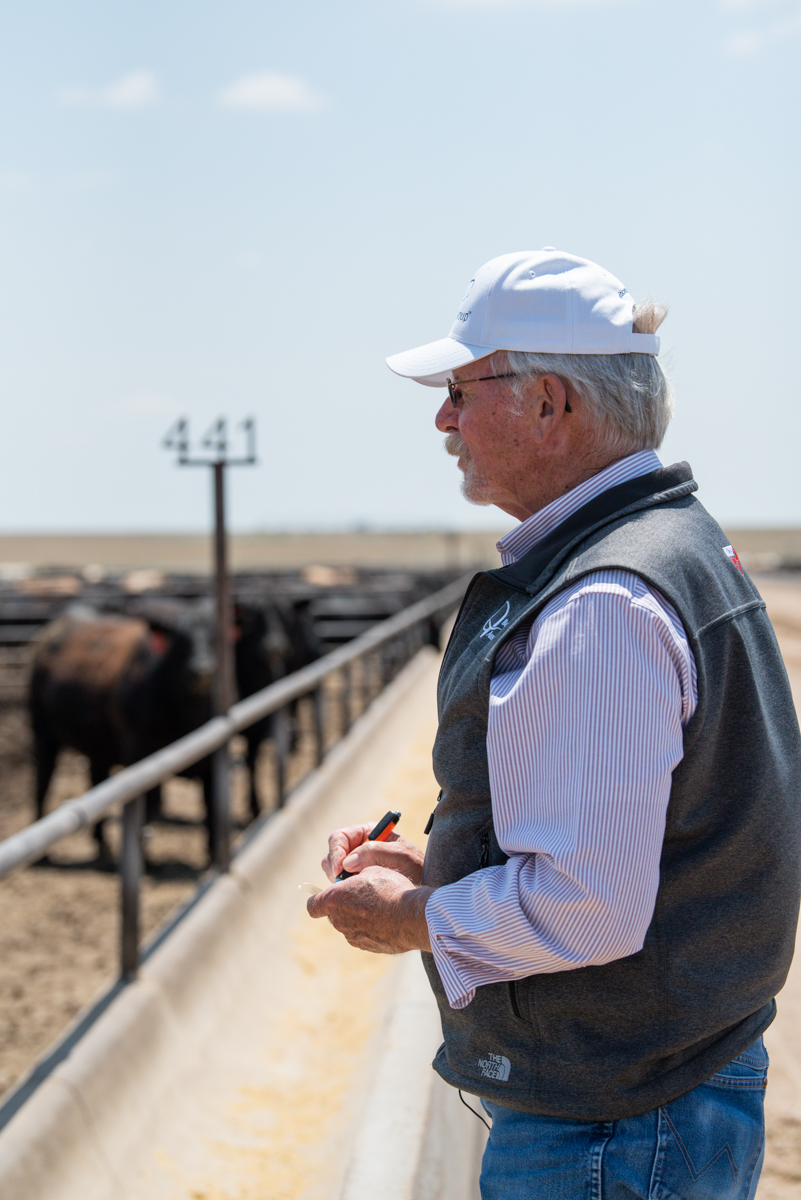
All things wise and wonderful
Smith’s mission is help others improve their operations. But he gets the most satisfaction from his work by nurturing others’ personal and professional growth.
Theurer considers Smith a mentor. It was Smith who told him: “Don’t be afraid to look at yourself in the mirror and say, ‘Hey, you know, here’s what I thought was wrong. Let’s go out and collect some data and go out and prove or disprove that,” he recalls.
Smith is known for going above and beyond the industry norm. He works with cowboys, processing crews and the doctors, suggesting improvements all the while.
Jones asks, “How many consulting veterinarians do you know that if I’m having trouble with one of my seedstock guys, or retained ownership people, Doc Bob will actually initiate a phone call where they’ll interact on his driving hours or on his own time? And if we’re really having a problem, Bob and I will go visit them. He’s done that countless times over 30 years.”
He never gets angry but will press and press, says Jones. He knows Smith doesn’t want to be at a feedyard that doesn’t listen to him because he feels it’s a reflection on him if they’re not doing well.
“You treat everyone with equal respect whether it’s the man over here cleaning a water tank or the manager or feed caller, because those people are bright people,” says Smith. “They could be where you are today. It’s just that we took a different path. Do you care? Do you try to nurture them along and help them to grow?”
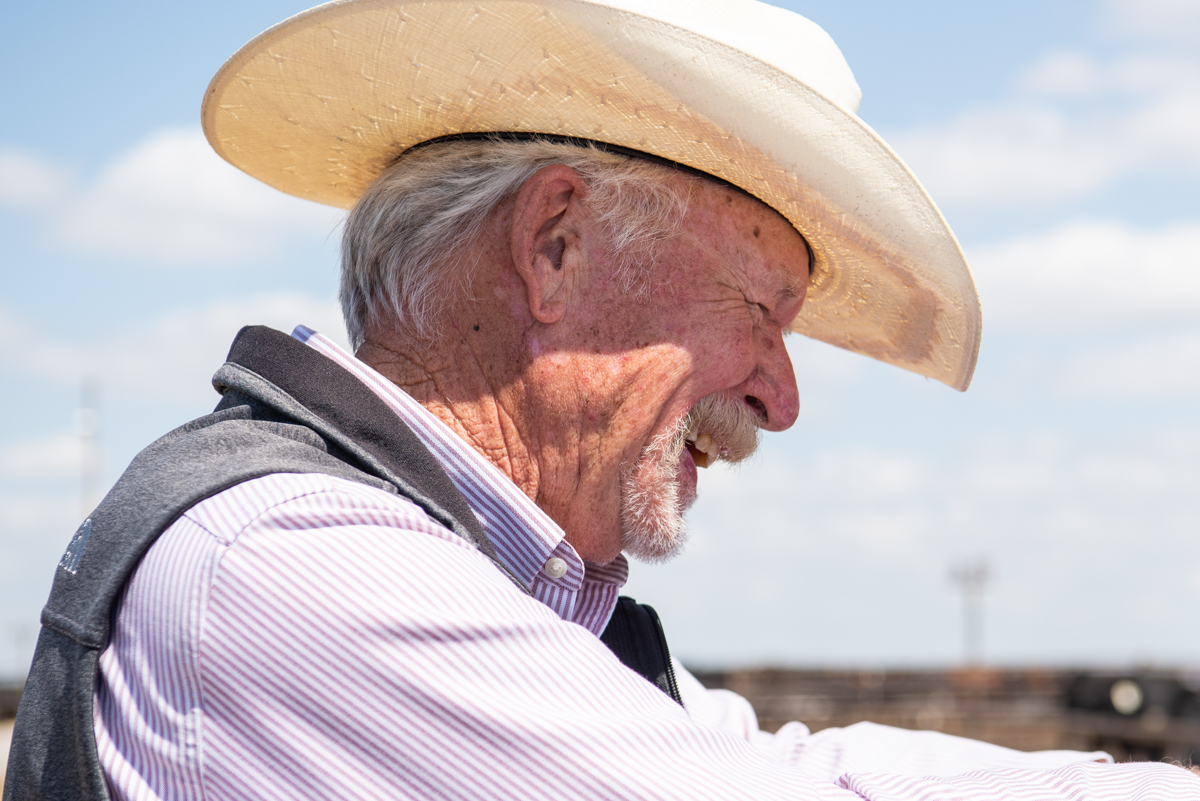
A pretty good veterinarian
With years of experience, back pain, and his white hair, clients may wonder when he’ll stop coming by.
“If my golf game was better, I might’ve quit by now,” Smith jokes. “But I’m a terrible golfer, and I still enjoy getting up and going to work.”
He hopes to be remembered as a “pretty good veterinarian.” A person who loved his profession, his family, his God and gave it all he had.
Smith joins the rankings of people like Larry Corah, Jerry Bohn, John Matsushima, and Topper Thorpe with the Industry Achievement Award. They are the people who shaped the industry. He’ll be presented with the award at the Feeding Quality Forum August 24th in Fort Collins, Colo.
“There are so many people that are deserving of this award,” Smith says. “Really it’s a shared award. No matter what you’ve accomplished, someone has helped you. But I’m deeply grateful.”
The industry is deeply grateful, too.
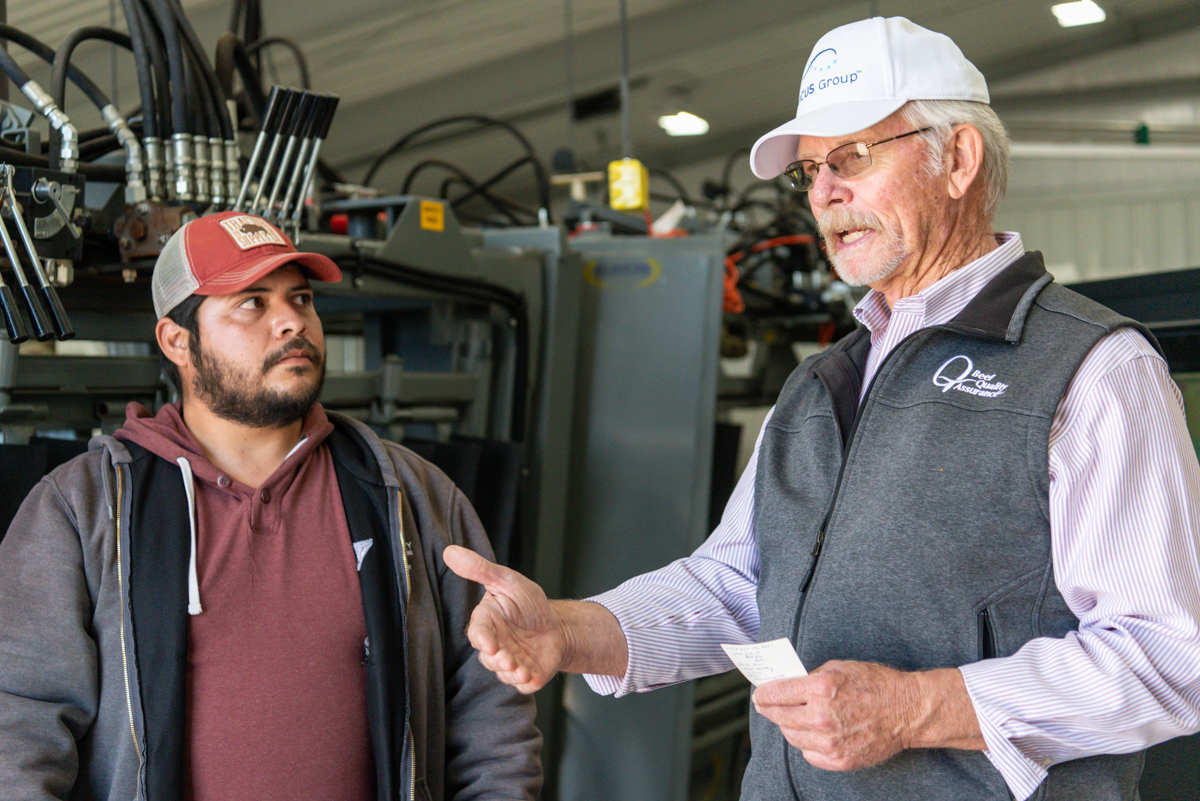

Moving the needle
Veterinarian Bob Smith remembers it was all about roughing the cattle up, yelling and getting them through the chute when he was growing up. “When I was a kid, we weren’t always the best stockmen,” he says. “We learn from those things.”
Smith joined the Beef Quality Assurance (BQA) research efforts with 30 years ago and hasn’t looked back. When he got involved, injection site lesions were a problem. He helped create new best practices moving injections from the top butt to the neck and created BQA trainings about the procedure.
“We went from about 24% of fed cattle carcasses having injection site lesions down to virtually none,” he says.
In the early 2000s, he became chair of the BQA group studying cattle welfare. They found that stress suppresses the cattle immune system, making it more susceptible to disease and other problems.
So, they created a guide on cattle handling and started stockmanship schools around the country.
“We’ve improved the quality of our product a lot, but we’re not sitting on our laurels,” Smith says. “We’re looking for new opportunities and not forgetting what we’ve accomplished in the past.”
Just as Smith helped move the needle for injection sites and BQA practices, he’s constantly elevating research, data collection and science-based decisions for the future standard of cattle care.
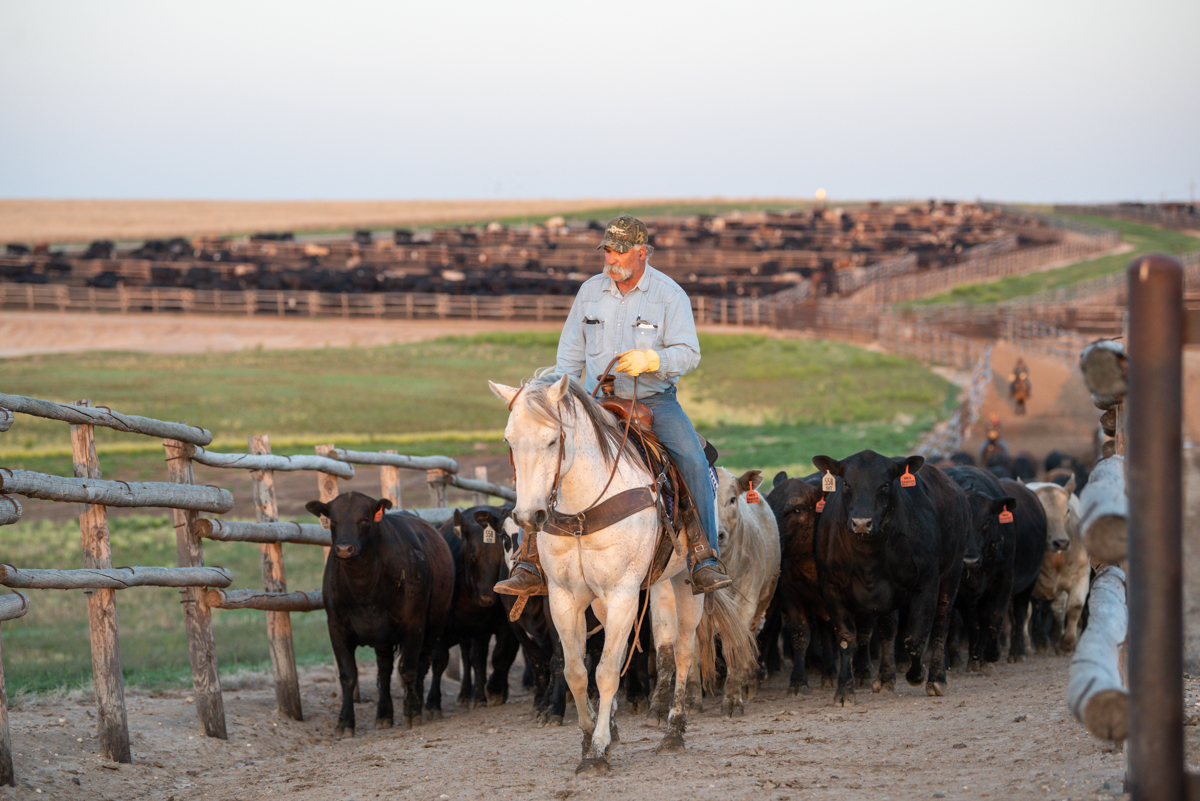
You May Also Like…
Raised with Respect™ Cattle Care Campaign Launched This Fall
Raised with Respect™ was developed as part of a strategic cattle care partnership between Sysco and CAB. The collaboration focuses on supporting farmers and ranchers, equipping them with continuing education to stay current on best management practices and helping to increase consumer confidence in beef production.
Quality Wins, Again
Sara Scott, Vice President of Foodservice for Certified Angus Beef, emphasizes the importance of taste over price in the beef market during the Feeding Quality Forum. As consumer demand for high-quality beef grows, Scott highlights the need for increased supply and encourages communication with packer partners to meet the demand for Prime beef.
You, Your Cows and Their Feed
Expert guidance from Dusty Abney at Cargill Animal Nutrition shares essential strategies for optimizing cattle nutrition during droughts, leading to healthier herds and increased profitability in challenging conditions.



